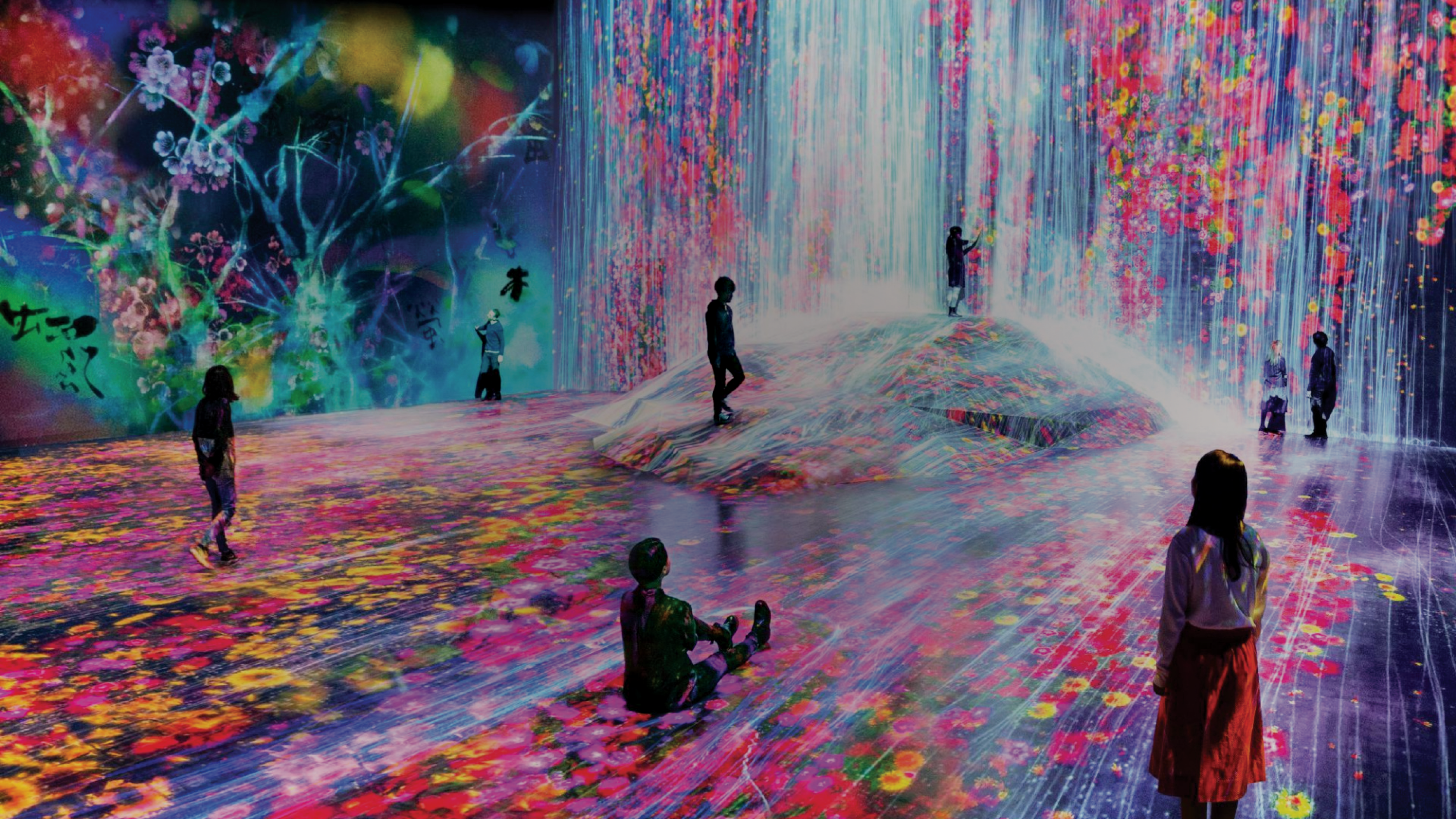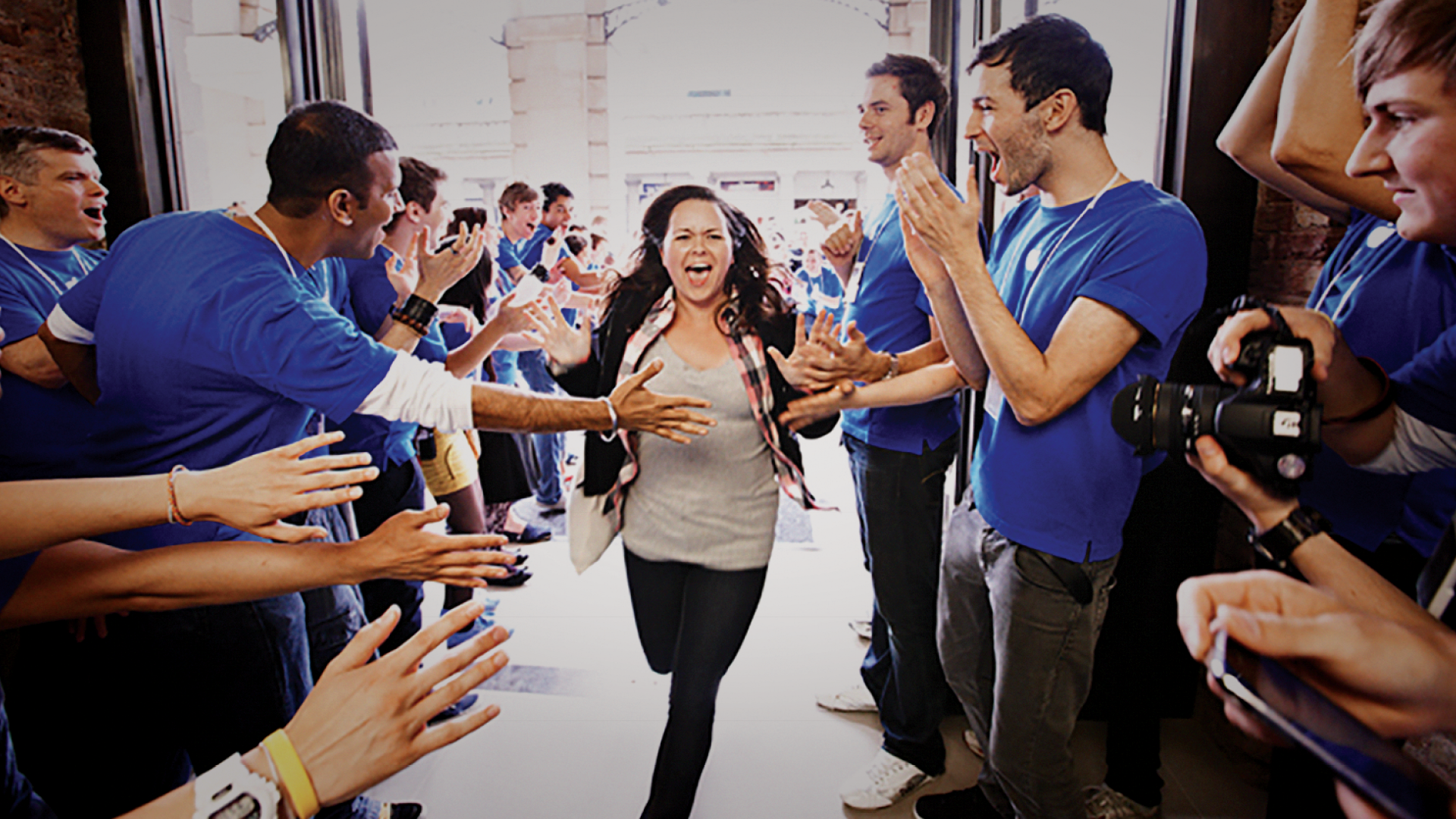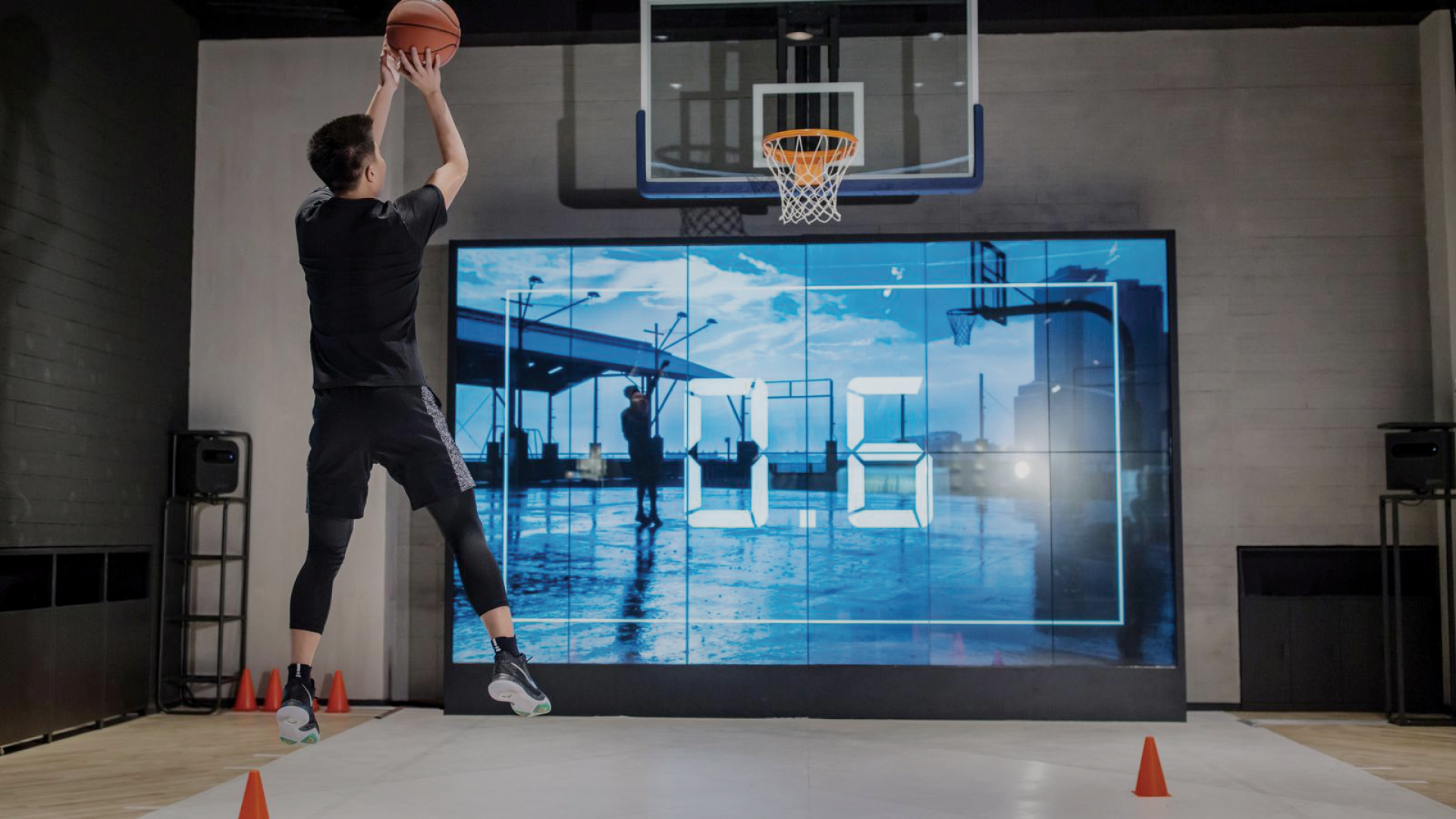People, Place and Time
Acknowledging the lack of a common industry language to define the term and answer the question ‘What is Experiential Retail?’, Ian and Alex will introduce the framework they use with their clients to help discuss the most appropriate in-store solutions. The episode is available to stream or download below.





We know that along with the rise in real time mass consumption, there is growing importance placed on being entertained; being educated; being social; and escaping within retail environments. We understand that consumers want to have a relationship with brands and are searching out an emotional connection within the store itself. Those stores that are meeting customers' expectations and needs through engaging interactions that are personal, relevant and unique, stand to win.
Yet, there are no metrics out there to quantify the success of these experiences because, to date, nobody has been able to define what experiences are and what they mean. Once we understand experiences within retail environments, we can then begin to understand how to attach quantifiable measures to them and prove their value within a commercial context.

Within the realm of Entertain, the shopper’s primary purpose is to have fun and enjoy. Someone in the Educate realm wants to learn something, gaining knowledge to stretch the mind or the body. Those going into store in the Escape realm want to lose themselves. Those in the Social realm want to connect with people. The Functional realm is where a consumer sets out to achieve a particular goal. A shopper may go into store with an 80% focus on a given realm and allow themselves a 20% focus on something else. It is typically that ‘something else’ that makes retail experiences more meaningful. Businesses will find the more of the experience realms they include within retail environments, the more engaged consumers are and the more impactful that encounter can be.

At Quinine we work with this framework in order to open up valuable opportunities for retailers to connect with the customer in-store. Exploring the depth of the five experience realms combined with defining key steps along the customer journey and layering in time, allows us a strong foundation to start thinking about creating the right retail experience.
So, what is Experiential Retail? It is an experience that ultimately strengthens their relationship with the brand.
If you've enjoyed this episode - please take a look at the other episodes in this seven-part webinar series. Details of all other titles can be found here:

